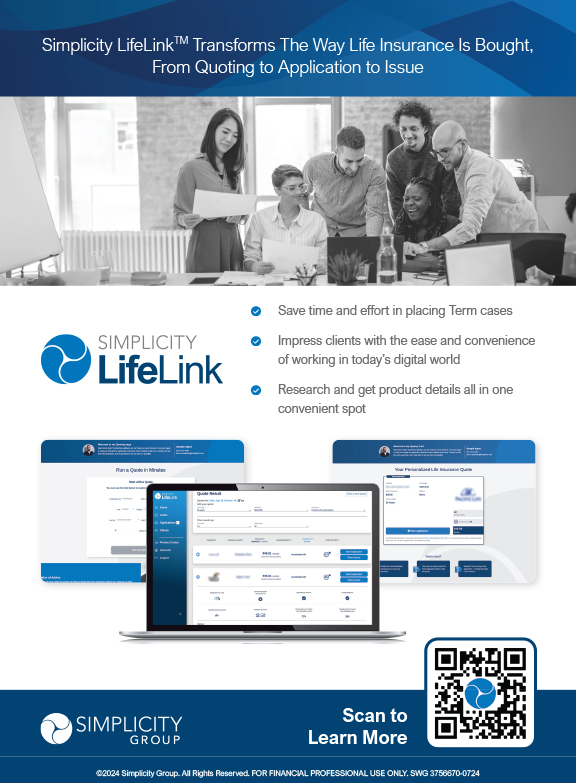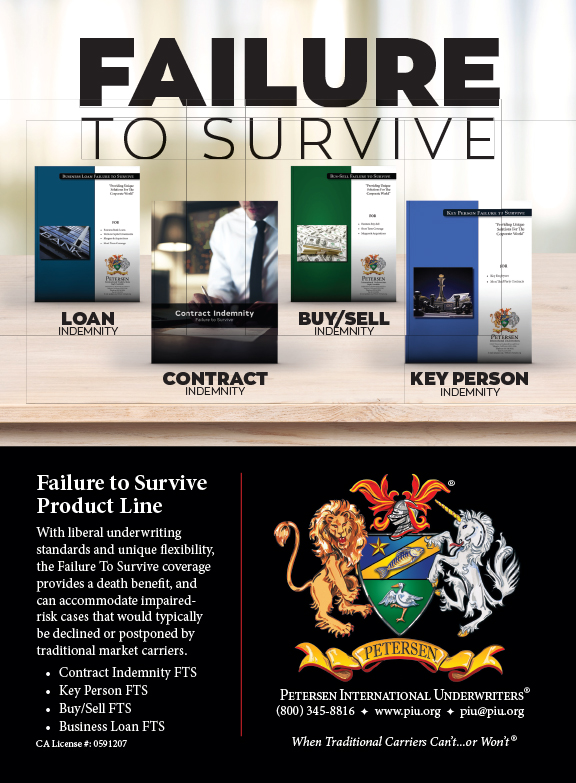I grew up in the business and have voluntarily donated my professional career to the cause of building leveraged firewalls or strategic contingency reserves for the inevitable need for custodial care. My father’s considerable sales skills were directed at me from an early age to convince me to enlist in the ongoing insurance sales conflict. His message was straight forward and balanced. Insurance shall always remain needed and beneficial, but by no means has its history or any current trajectory achieved a claim to perfection. We have witnessed some dark chapters or perhaps lapses in perceptual judgment both in terms of potential sales and benefit performance in our evolution. Yet we have maintained the bulk of our independence and the ability to manage and self correct our own affairs primarily at the state level. We all clearly understand that the most important magic/fuel in our chosen profession is the mystery of mortality.
Forgive my desire to reminisce through the tumultuous 35 years of our valiant industry crusade, as well as reflect on my own meaning meanderings in this column. In the beginning (1970s-1980s) there was only the perception of a market without consistent form or substance. The growing recognition of insurance need and potential market development created early attempts to expand the supplemental disability nature of the risk. The product response looked for familiar conceptual design and eventually began to look a lot like Med-Supplement or limited indemnity offers similar to comprehensive accident or critical illness offerings. My suspicion would be that the limited nature and lack of adequate consumer protections did not require pricing emphasis to be placed on mortality concerns. The market at that time was diverse, frankly consumer flawed and product chaotic.
The federal government in its traditional role as referee in an open and free market began to establish guidelines and parameters to bring form, similarity, consumer protection, tax incentives and consumer fairness beginning with the first real attempt at law and order in the market place. Title 26 IRC Section 7702(b) in 1986. Ten Years later HIPAA institutionalizing comprehensive benefit, tax qualified and tax incentivized long term care insurance.
Regulation as we know it is measured by the industry’s state by state conformity to the promulgated guidelines of the NAIC Model Act and Model Regulation. This then becomes the universal armature to build and monitor the performance of current product development.
Now how did we manage, with clear blueprints for product appearance and performance, manage to drive this bus off a cliff? We were frankly like Diogenes with his lamp searching in the darkness for truth. We innocently guessed without anywhere near sufficient historical claims experience. There is no room to point fingers or look for intentional complicity. We did not know how hard it would be to sell to such an obvious risk. Our potential clients could recognize the certainty of their mortality but simply refused to acknowledge the care needed prior to that eventuality. We did not know that once sold they would only be lapsed by mortality. We did not account for mortality amelioration created by extra care options like Assisted Living. We stabilized pricing under the “Rate Stability Rules” and drastically reduced future industry price increases. Our attempts at worksite marketing withered under the heat of abbreviated underwriting and inadequate pricing for morbidity and mortality. Interest rates, the bedrock of insurance pricing, collapsed over a black hole event horizon and disappeared.
New premiums rose, and underwriting calcified. The reserve demand to satisfy stable rates caused a carrier stampede for the door creating an inventory of closed blocks of premium with festering conditions of claim duration and intensity. We have become an industry of claim management controlled by a very small handful of third party LTC administrators.
I must express my extreme concern that, without the promise of substantial new premium, the very flaws we just spent 25 years addressing concerning morbidity and mortality may inadvertently become condensed and exposed by the necessity of efficient and profitable claim management.
We have survived our early lack of experience. We have adjusted to an aggressive regulatory environment. We have lived down the shame of onerous rate adjustments. We must find the voice and the determination to ensure that the potential billions of risk dollars we built around our best clients with care and tenacity cannot in any way be diminished by the future decades of qualification for eligible benefits we have given our careers to establish.
“All the birds of the air
Fell a-sighing and a-sobbing
When they heard the bell toll
For poor Cock Robin.”
Other than that I have no opinion on the subject.


























